If you’re looking to add a little wonder to your garden, then vanilla strawberry hydrangea is a choice that really can’t fail you.In this guide, we’ll show you how simple and rewarding it is to grow and care for these delightful plants, ensuring they thrive and brighten up your outdoor space year after year.
This charming plant gets everyone’s attention with flowers that change from creamy white to a lovely pink as the season unfolds. Vanilla strawberry hydrangeas start their blooming in mid-summer and keep your garden vibrant through early fall.
HighlightsFlowers turn from white to pink over the season.Blooms mid-summer to early fall; long-lasting.Thrives in moist, well-drained soil and partial shade.Cannot legally propagate due to trademark.
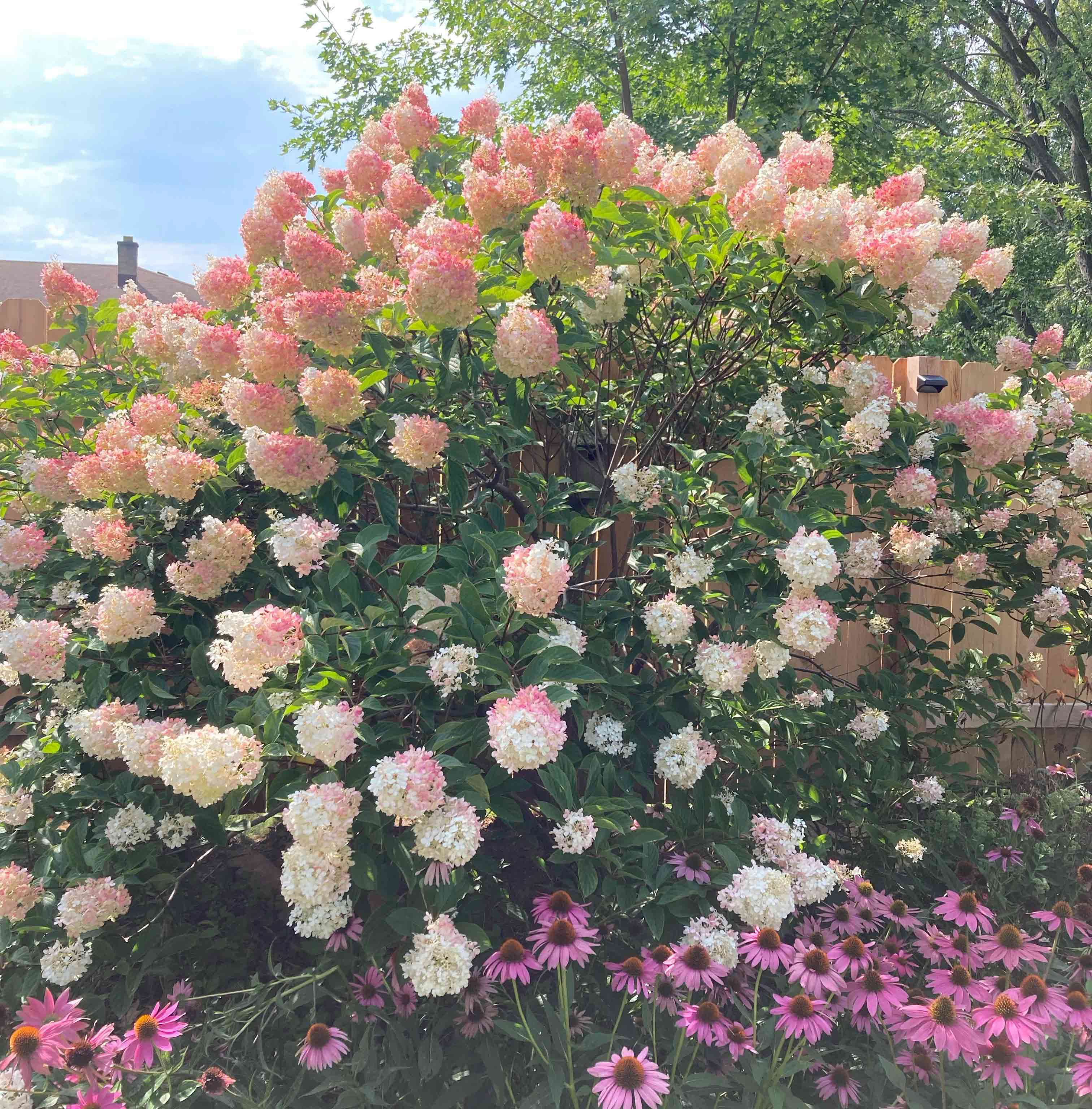
And here’s the best part: with just a bit of love and care, hydrangeas can be a part of your garden for quite a long time!
How to Grow and Care for a Vanilla Strawberry Hydrangea
Soil
The best place to plant your vanilla strawberry hydrangea is inwell-drained soilthat keeps moisture just right. Slightly acidic to neutral soil is what this plant craves. A spot where the water doesn’t sit stagnant will ensure that your hydrangea doesn’t get “wet feet,” which can lead to root rot.

Water
Regular watering keeps vanilla strawberry hydrangeas happy, especially during dry spells. Aim forconsistent moisture, but don’t overdo it. The key is to keep the soil moist but not soggy.
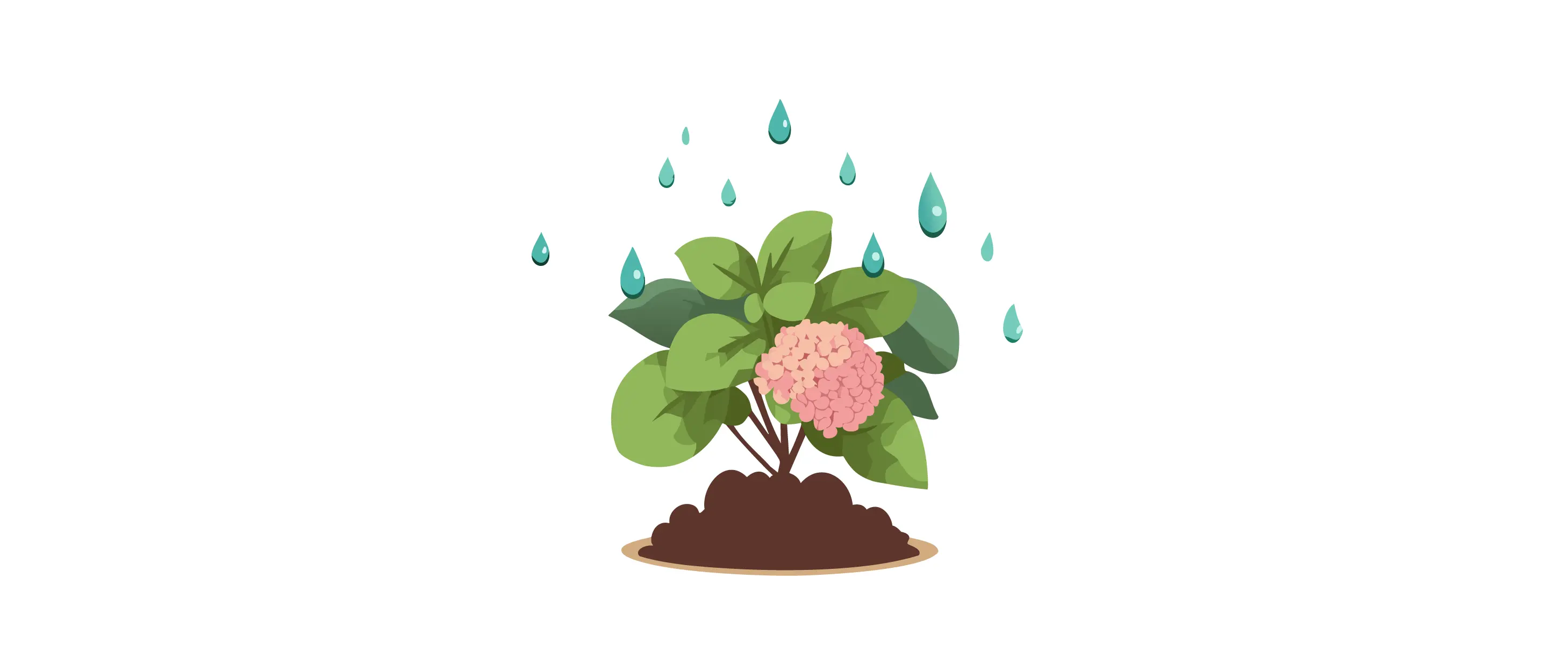
Humidity
These hydrangeas are not too fussy about humidity. Average garden conditions usually provide just the right amount. If you’re in a particularly dry area, a layer ofmulch can help retain soil moistureand keep humidity levels stable.
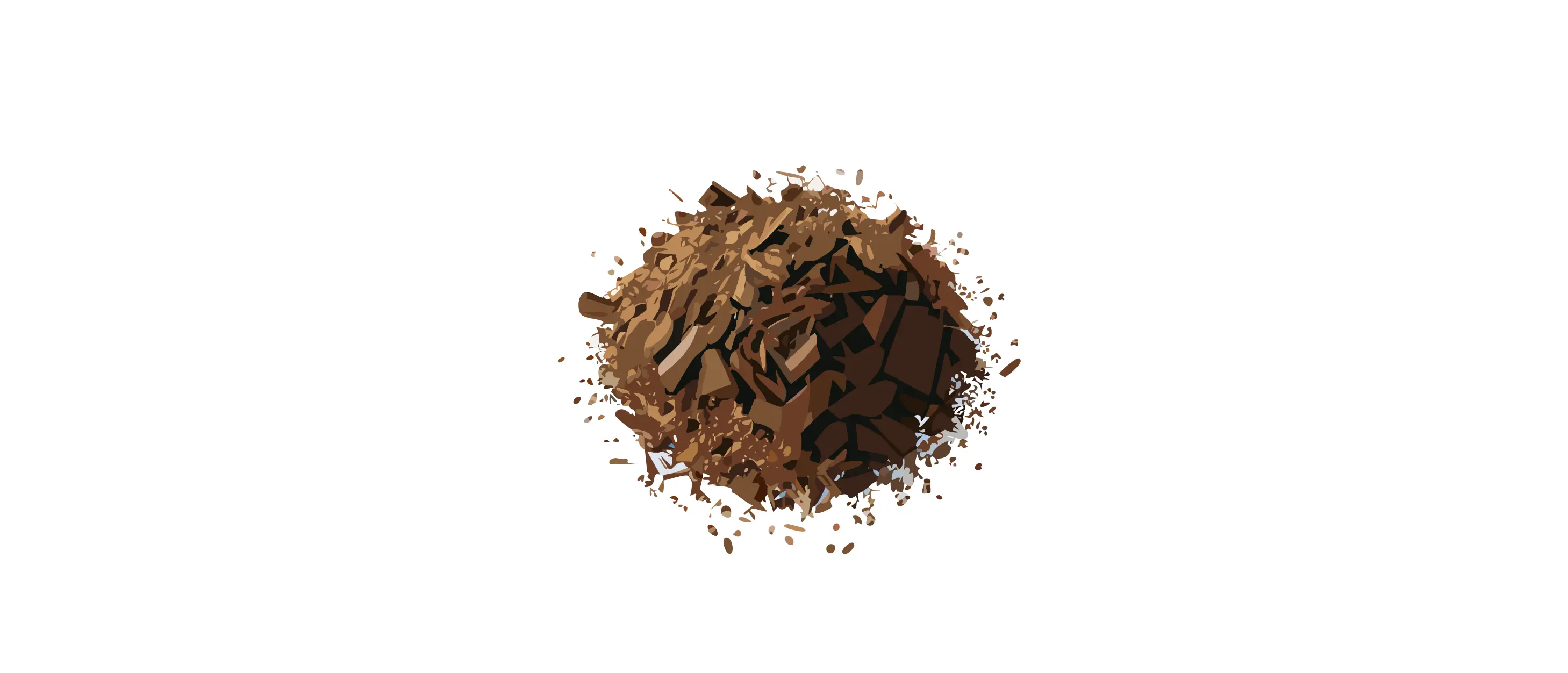
Light
Sunlight with afternoon shadeis the sweet spot for vanilla strawberry hydrangeas. They can take full sun (6–8 hours a day), but in particularly hot climates, afternoon shade protects them from scorching.
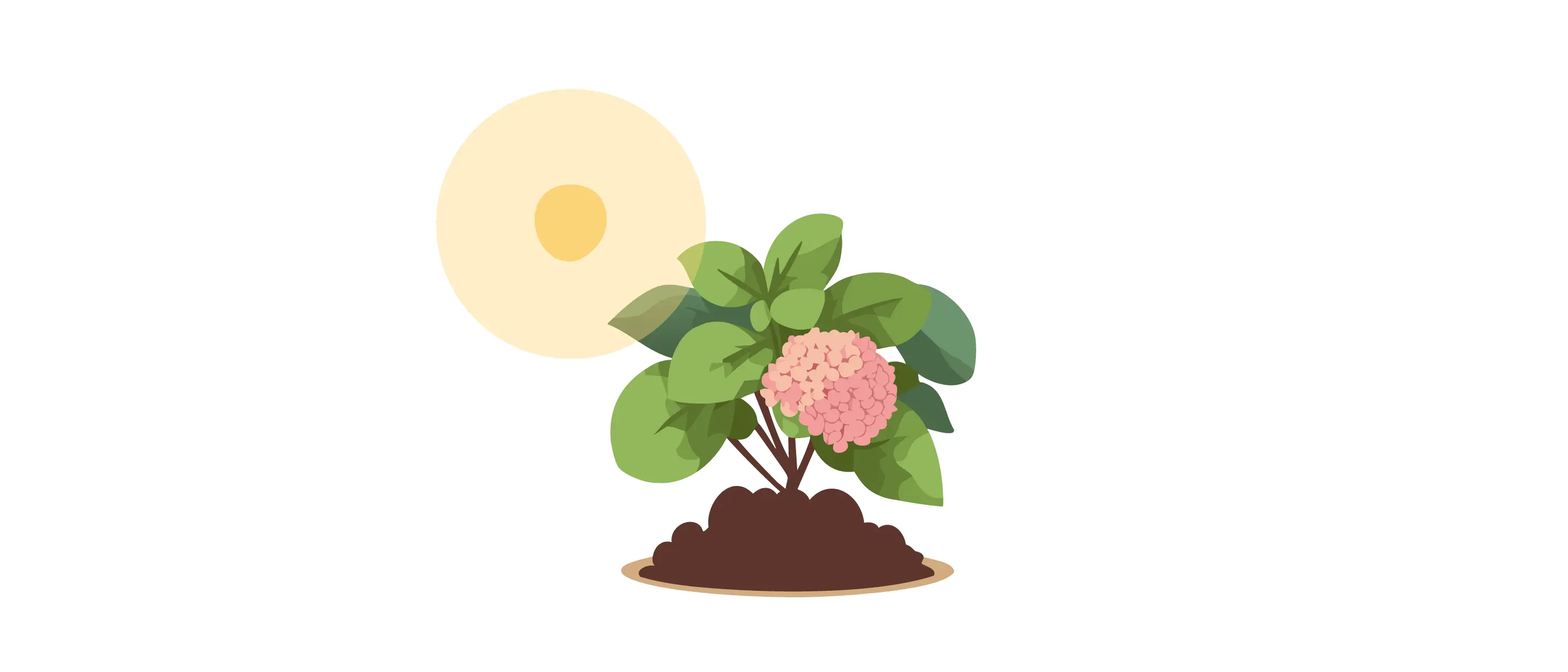
Temperature
Vanilla strawberry hydrangeas are pretty adaptable but prefer moderate temperatures. They’rehardy in zones 3–8, so they can handle even freezing winters. Just remember, extreme heat or cold can still stress them out, so provide some protection in case of severe weather.

Fertilizer
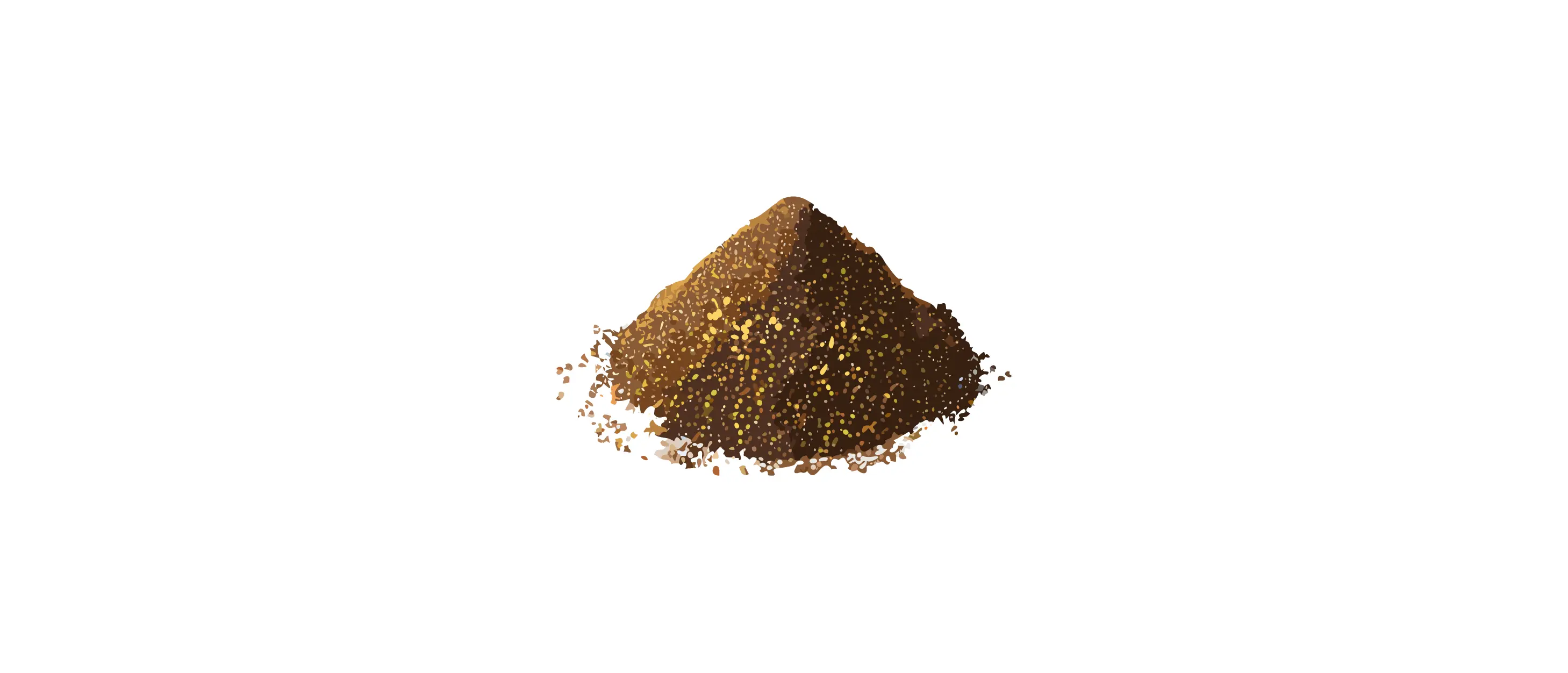
Potting
If you don’t have garden space, you have little to worry about. These hydrangeasalso do well in pots! Just choose a large container—make sure to select a material that handles low temperatures well, like wood or plastic—with drainage holes to prevent waterlogging, and use a good-quality potting mix.

Pruning
For the shrub form,late winter or early springis the ideal time for some vanilla strawberry hydrangea pruning, just before the new growth starts. They bloom on new wood, so pruning won’t affect the blooms for the coming season.
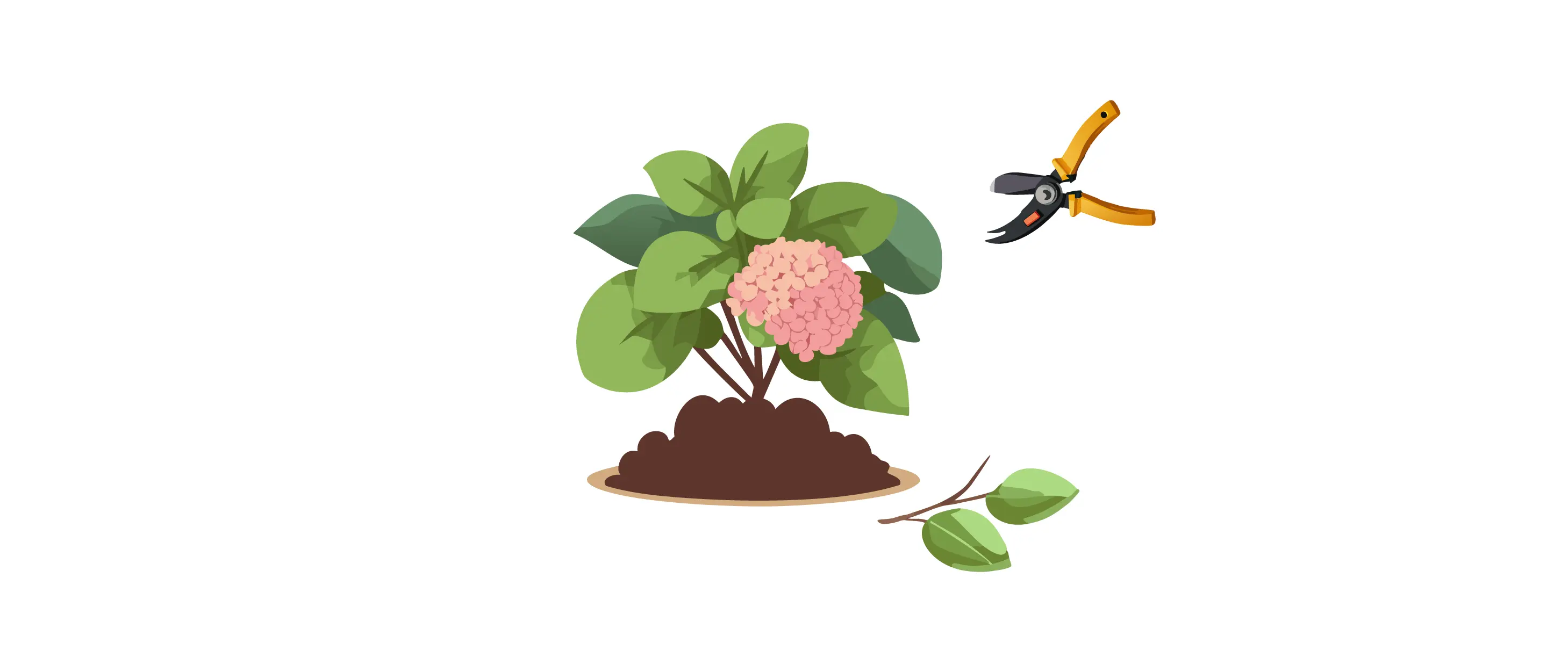
If you’ve chosen avanilla strawberry hydrangea tree, which is the same plant trained to grow as a small tree with a single trunk, pruning also helps maintain this unique form. You’ll want to remove any lower sprouts to keep that clean tree trunk and trim the canopy to enhance its shape. This special pruning ensures the focus is on the spectacular blooms atop the tree’s “crown.”
Image credits:Margaret Valley Landscaping

Regular pruning encourages healthy growth and bloom production and gives you the chance to shape your hydrangea into a form that best suits your garden’s aesthetic.
Propagating
Image credits:mafagogue
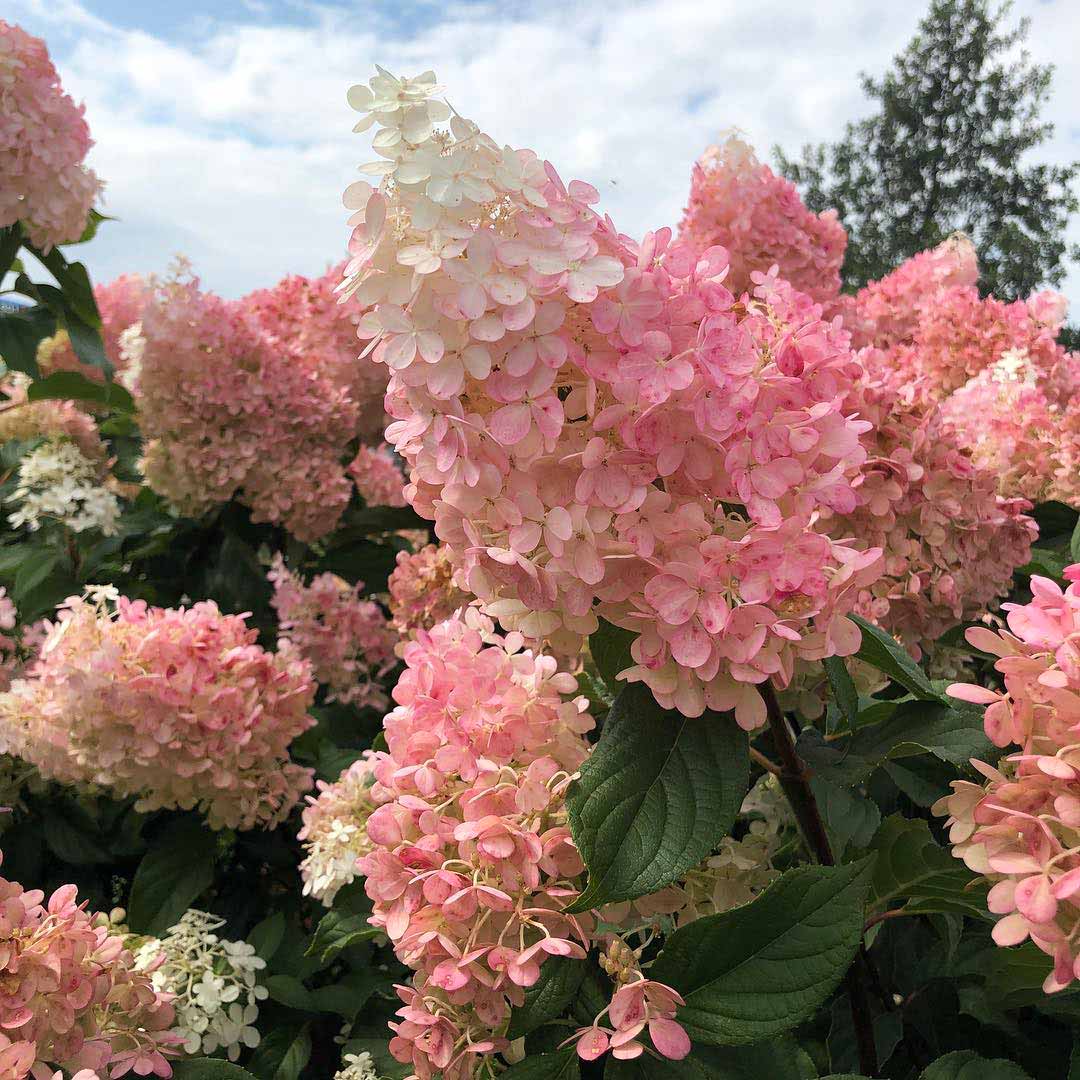
While propagating a vanilla strawberry hydrangea isn’t impossible, you should keep in mindit’s prohibited. This cultivar istrademarked and copyrighted, and unauthorized propagation is not allowed. If you’re looking to add more of these plants to your garden, the best approach is to purchase them from licensed nurseries or garden centers.
Common Problems
Caring for a vanilla strawberry hydrangea usually goes smoothly, but sometimes, nature throws a curveball in the form of pests and diseases. Here’s a quick rundown on what to keep an eye out for.
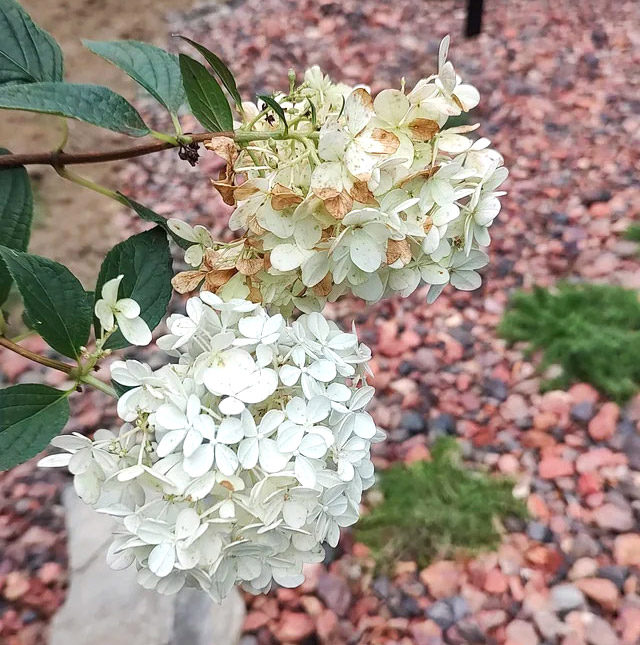
Image credits:KaleidoscopeOk2677
Pestsmight find your hydrangeas tempting—if you spot them, a timely spray of neem oil will solve the problem.
Deercan be particularly fond of hydrangeas, often targeting the tender flower buds. A bit of protection during winter and early spring can save your blooms.Rabbitstend to leave older plants alone but might nibble on younger ones.
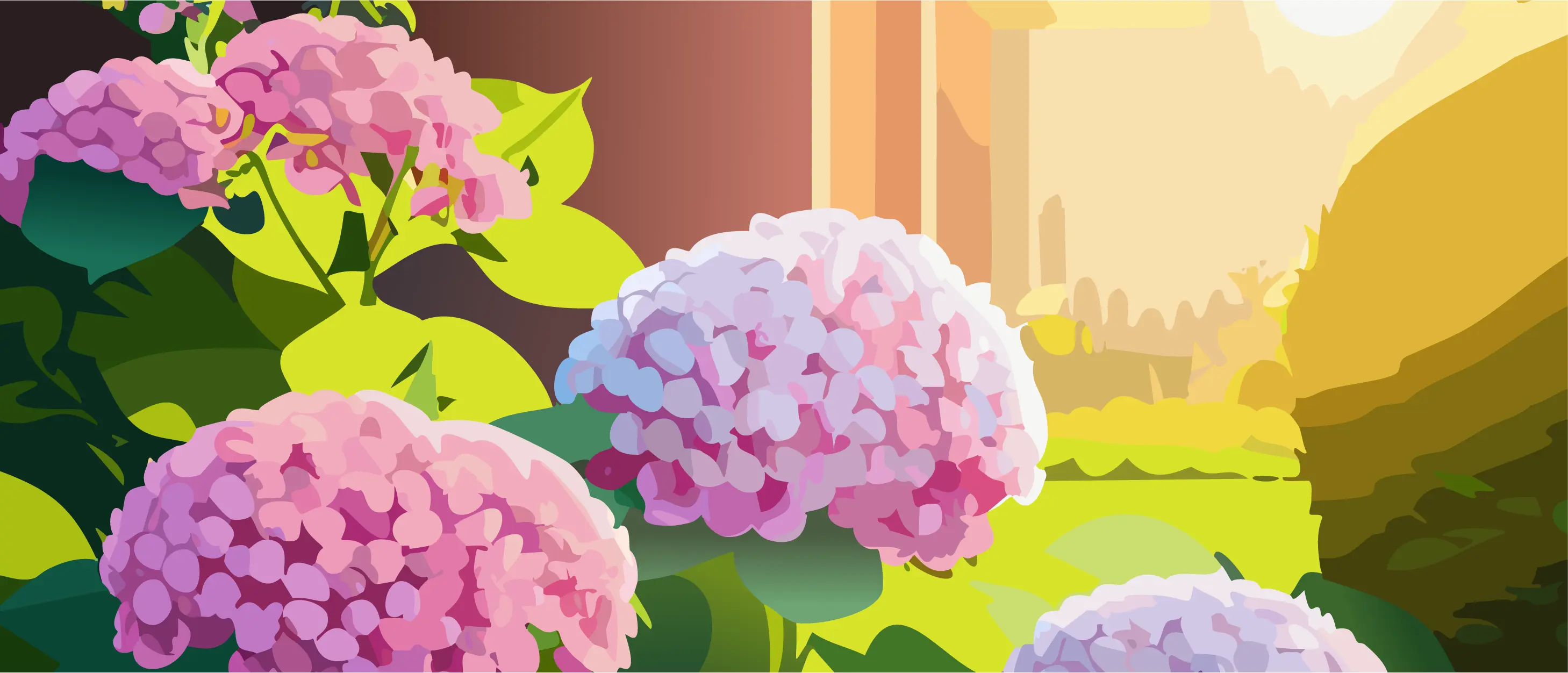
FAQs
How Big Does a Vanilla Strawberry Hydrangea Get?
A vanilla strawberry hydrangea can grow quite impressively, reaching 6–8 feet in height and spreading about 4–5 feet wide.
How Many Years Does It Take Hydrangeas to Grow Full Size?
You can expect your vanilla strawberry hydrangea to reach its full size in about 2–3 years, depending on growing conditions like soil quality, light, and water. With each passing season, you’ll notice it becoming more robust and fuller. Getting a full-grown vanilla strawberry hydrangea tree will take a few years.
Is Vanilla Strawberry Hydrangea Toxic?
Hydrangeas are generallyconsidered to be toxicif ingested. They contain compounds known ascyanogenic glycosides, which can release cyanide when chewed or digested. While severe poisoning is rare, it’s a good idea to keep pets and small children away from these plants.
2Kviews2Kviews
Home & Design